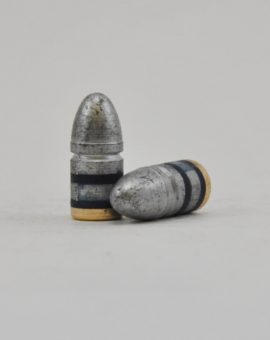I'm reloading for my .30 Carbine Blackhawk. Of course its diameter is .308. Now, I've been told many times and repeatedly that I should use at least a .309 diameter when using cast bullets. I've also been told many times and repeatedly that I should be able to easily insert the bullet into the forcing cone at the breach of the barrel. The problem is that .309 bullets do not easily fit into the forcing cone, lest I use a hammer.
So which of the 2 pieces of advice should I go with?
So which of the 2 pieces of advice should I go with?

